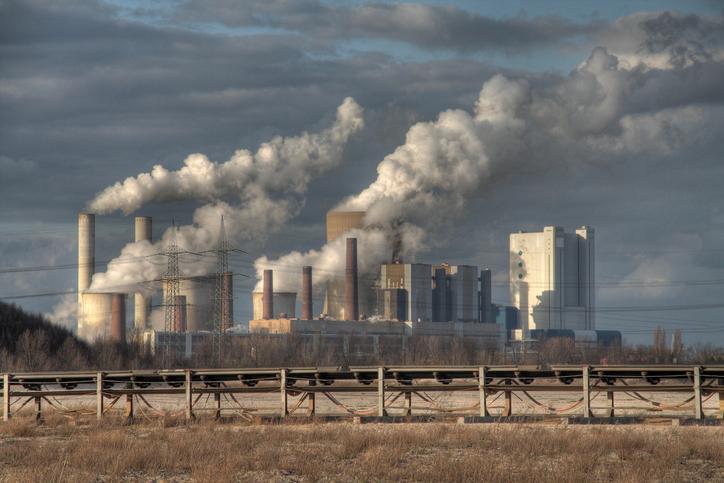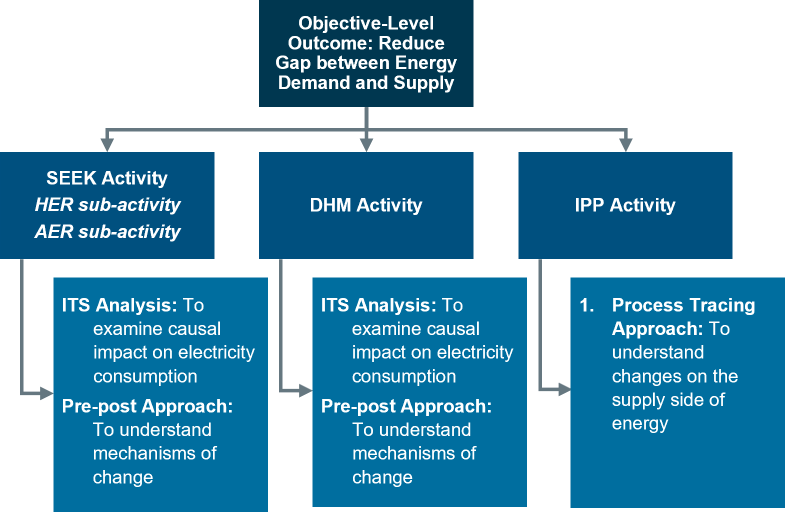Evaluation of Reliable Energy Landscape Project in Kosovo

Kosovo is one of the poorest countries in Europe, with almost one-third of the population living below the poverty line and 1 in 10 people living in extreme poverty. The overall unemployment rate is about 33 percent and unemployment for youth aged 15-24 years is about 60 percent. Kosovo has the highest unemployment rate in all of Europe. A key contributor to poor economic growth in Kosovo is the large gap between electricity supply and demand. The main obstacles faced by the energy sector are poor infrastructure, significant energy losses, and overdependence on lignite energy. Lignite, also referred to as brown coal, has a low heating value and a high moisture content and is mainly used in electricity generation.
Frequent power outages hinder investment and disrupt manufacturing, education, and health services. To spur economic growth and reduce poverty in Kosovo, the Millennium Challenge Corporation (MCC) and the Government of Kosovo signed a $49 million, 4-year threshold program in September 2017. The threshold program aims to address a key constraint to economic growth in Kosovo: unreliable supply of electricity, through the Reliable Energy Landscape Project (RELP). The RELP aims to reduce the gap between energy supply and demand by encouraging greater household efficiency and bolstering private-sector participation in the power sector.
Mixed Methods Performance Evaluation
AIR is implementing a mixed methods performance evaluation to assess RELP’s implementation and impacts; that is, whether the program was implemented as planned, how well the activities and sub-activities were integrated, and what facilitated or inhibited implementation of the project. The evaluation will also use a combination of quantitative and qualitative data to assess outcomes of the project, focusing on whether, how, and why activities and sub-activities achieved objectives.
To understand if the main objective-level outcome was achieved, the RELP evaluation will include descriptive analysis of broad trends and demographics of project beneficiaries and a combination of performance and impact evaluations. To understand if the objective-level outcome of reducing the gap between energy demand-supply was achieved, the RELP evaluation will examine three activities: Subsidies for Energy Efficiency in Kosovo (SEEK), District Heating Metering (DHM), and Independent Power Producer (IPP).
The evaluation of SEEK and DHM will focus on understanding the demand side of the energy demand-supply gap, while the evaluation of the IPP activity will focus on the supply side. For evaluating the extent to which SEEK reduced electricity demand (i.e., consumption) we will examine the impact of the household and apartment level retrofits using a quasi-experimental Interrupted Time Series (ITS) approach. The evaluation of DHM will follow a similar mixed-methods approach and examine the impact of household level metering on district heating consumption in Kosovo’s capital, Pristina.
On the supply side, the evaluation of the IPP activity will examine the changes in renewable energy production using a qualitative process tracing approach. Finally, our evaluation will also include the evaluation of the Women in Energy activity, which is not linked to the main objective-level outcome of reducing electricity demand and supply, but instead focuses on increasing female employment in the energy sector.
Quantitative components of both performance and impact evaluations will use primary data, administrative data, and monitoring and evaluation data. Qualitative components will incorporate information from document reviews, key informant interviews, and focus group discussions, and will provide additional context to understand the quantitative impacts. Furthermore, as part of qualitative data collection, we will conduct women-only focus groups and ensure that other key marginalized groups are well represented to understand their experiences. Below, we outline in more detail our evaluation approach for each activity under RELP.
Connecting the RELP Evaluation to RELP's Objective-Level Outcome


